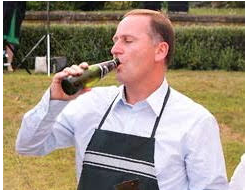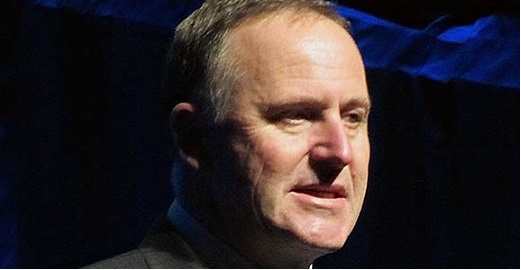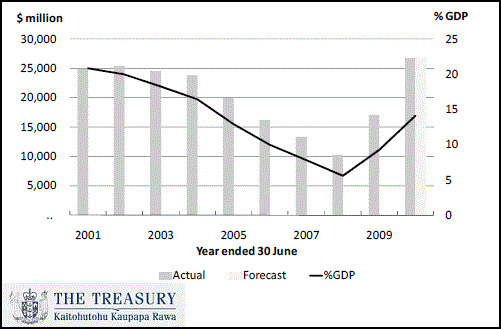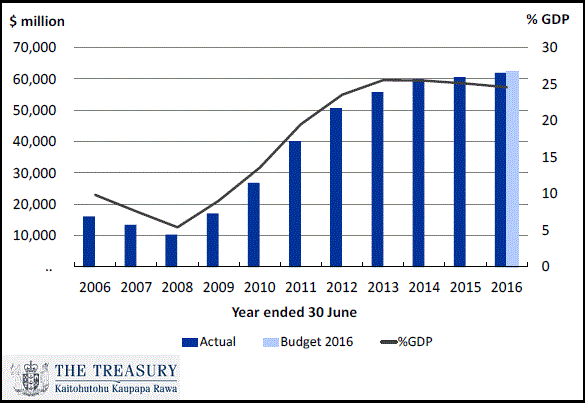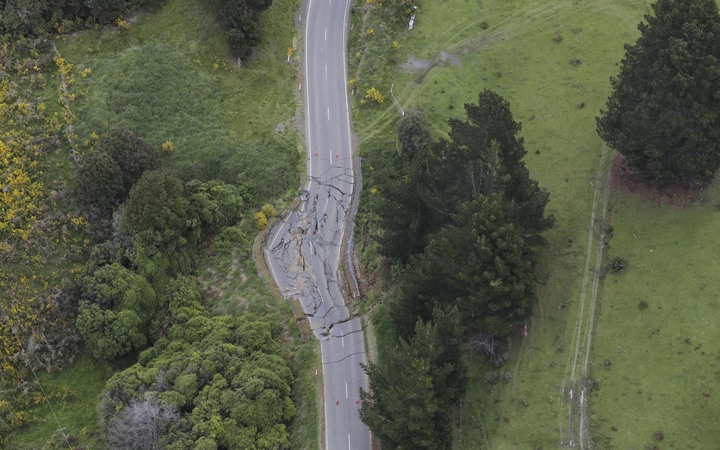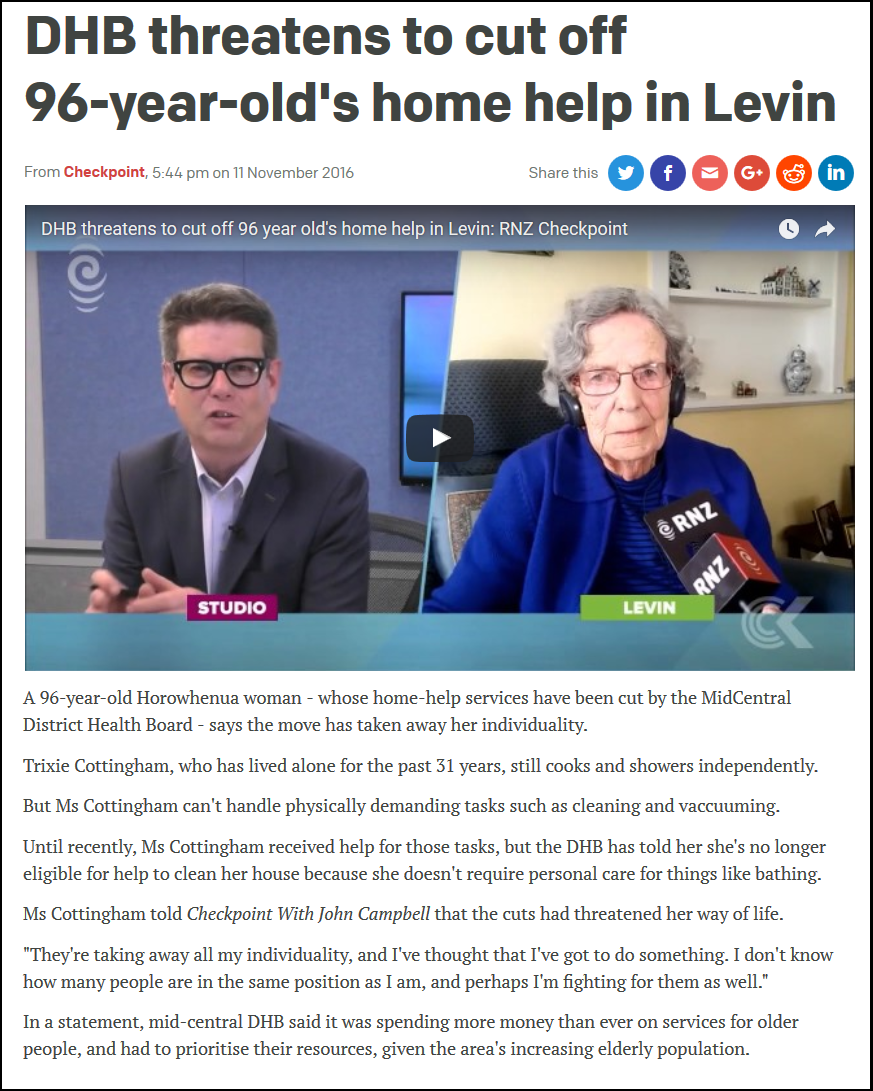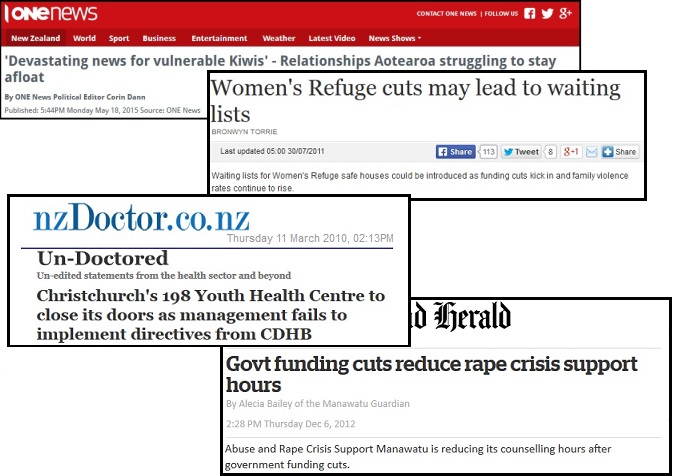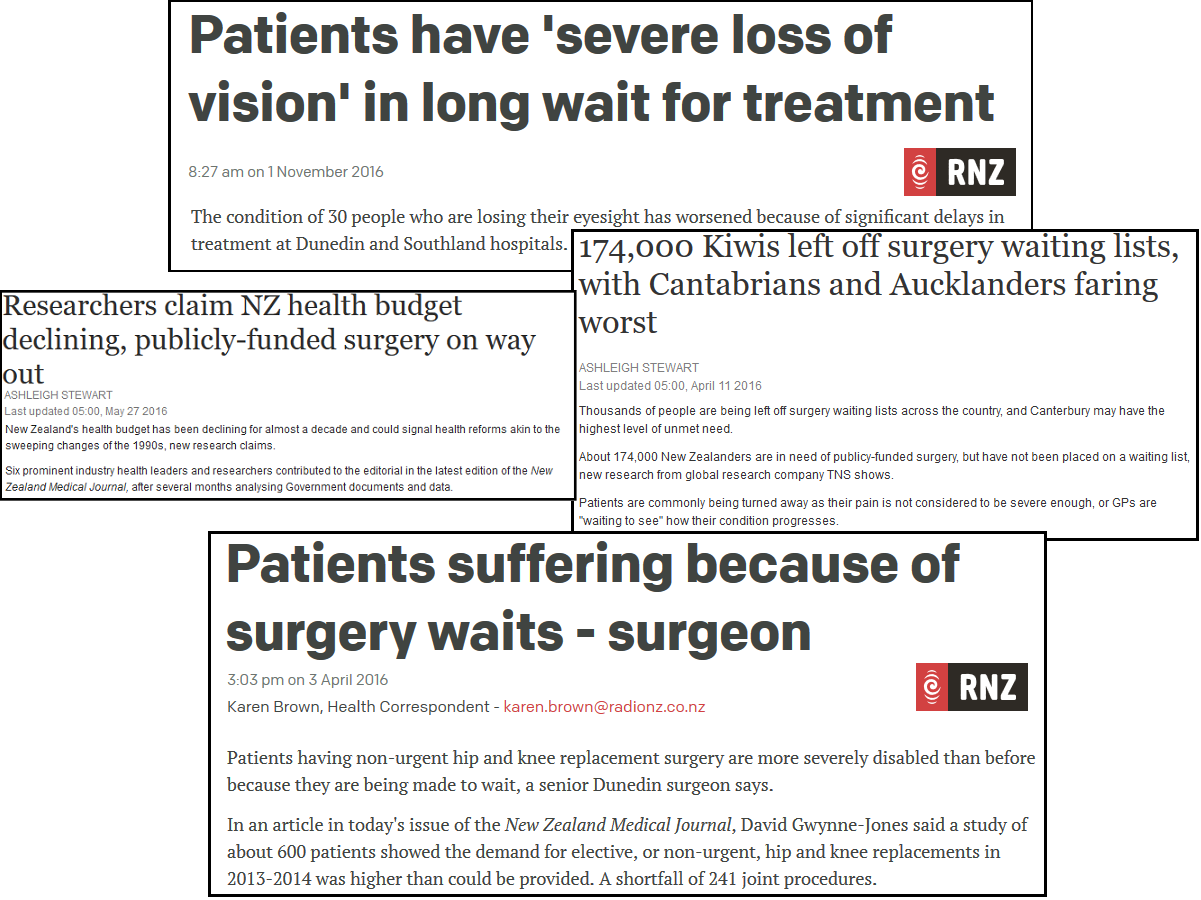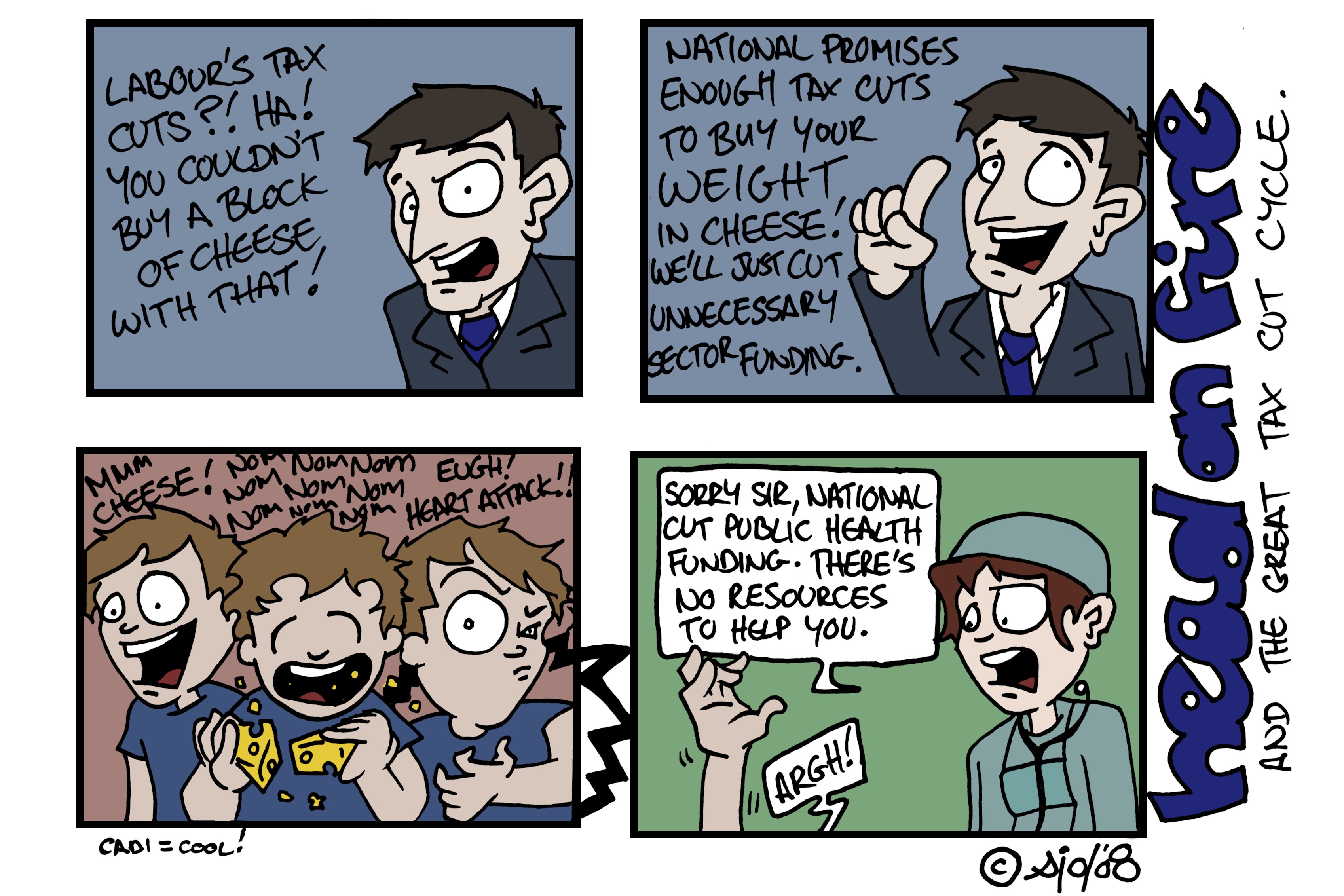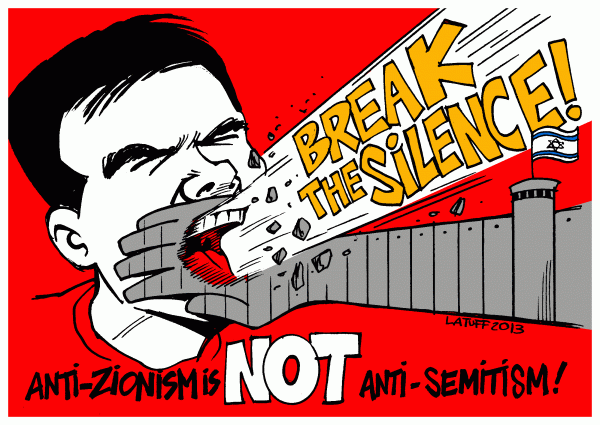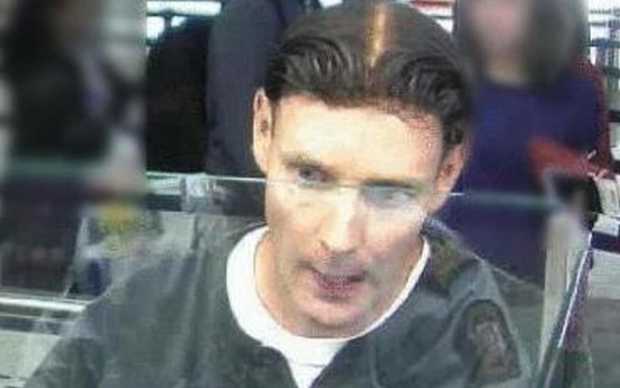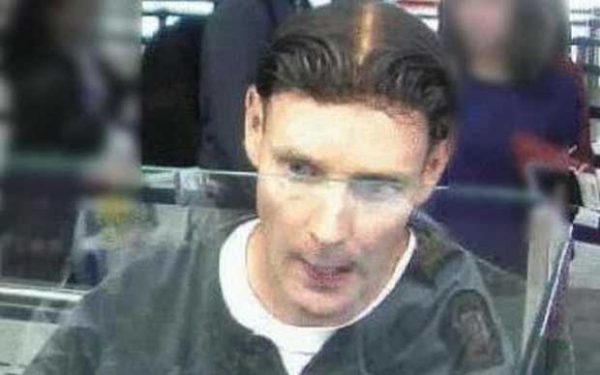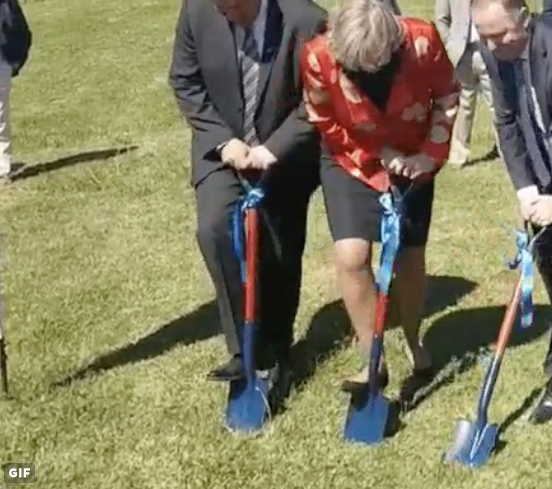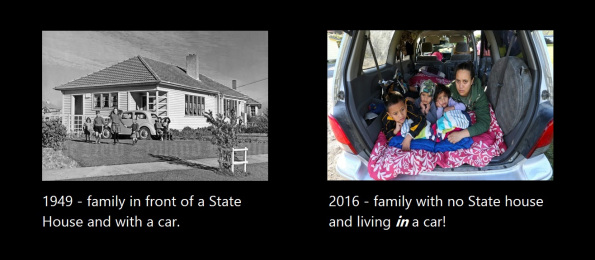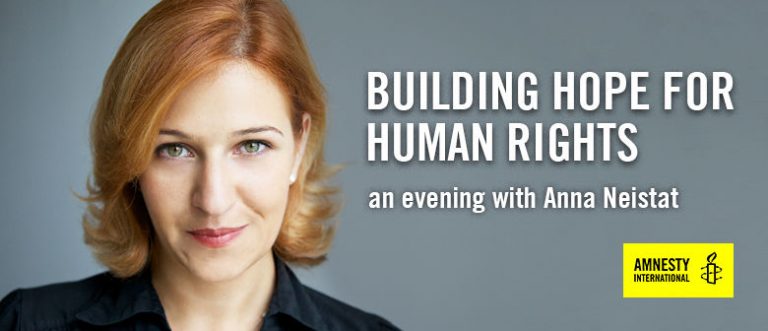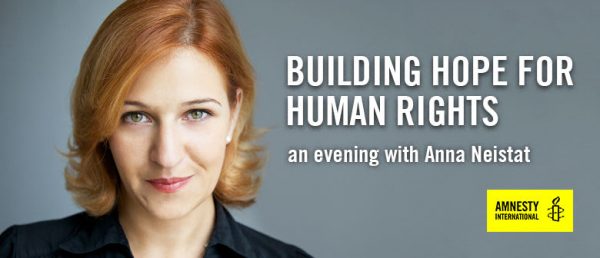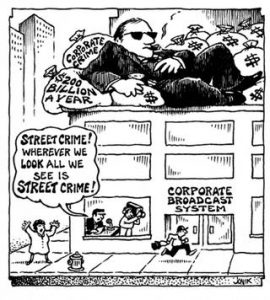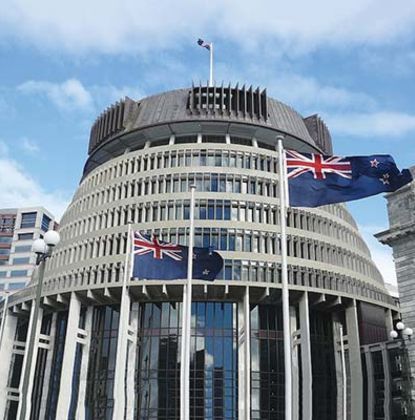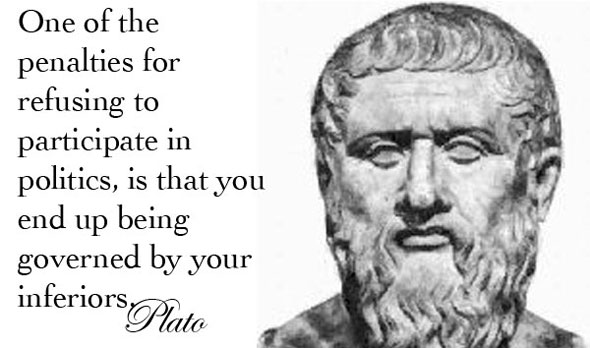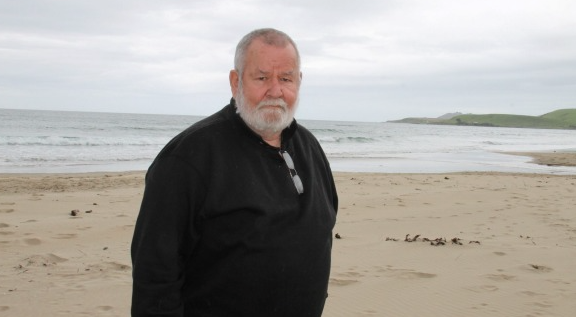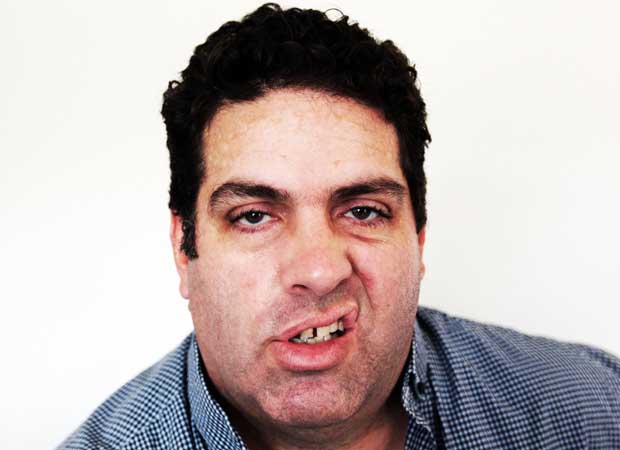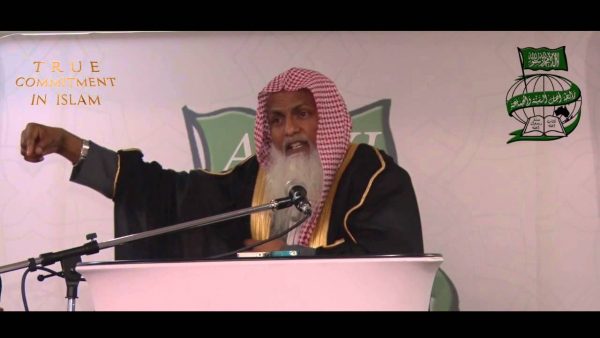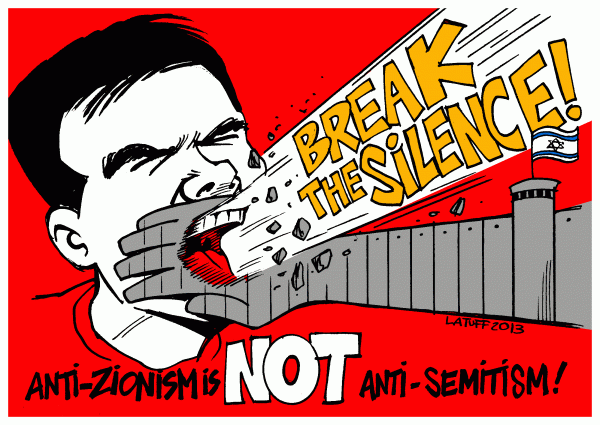
As Israeli Gaza ceasefire violations this year top 1,000, the International Criminal Court (ICC) exposes the “scope and degree of control” that the military Occupation exercises over Gaza.
All Gaza ceasefire violations in 2016 to mid-November totals are 1,002 Israeli and 32 Palestinian
On 15 November 2016, the Palestine Human Rights Campaign’s daily newsletter In Occupied Palestine reported that this year’s Israeli Gaza ceasefire violations had exceeded 1,000. Over the same period, there were 32 Palestinian ceasefire violations. These Palestinian ceasefire violations fall into two categories:
Palestinian missile attacks on Israel:
These totalled 9, some of which involved the launching of several missiles, while others saw the firing of a single missile.
and
Armed Palestinian Resistance against the Israeli Army:
These totalled 23. There is no possibility of armed Palestinian Resistance against the Israeli Air Force or Navy.
It must be acknowledged that the In Occupied Palestine (IOP) newsletters are not able to cover every single day and it is certain that some ceasefire violations committed either by Palestinian Resistance activists or by the Israeli Government fail to get reported. However, the frequency and reliability of the available situation reports are sufficient to enable a fairly accurate picture of the asymmetry between Israeli military offensives against the population of the Gaza Strip and the acts of Resistance they largely provoke. Over the period from 1 January to 15 November, there were no situation reports on 45 days. IOP newsletters did cover 85% of the entire period (275 days and 86 of the over 1,000 Israeli ceasefire violations).
Israeli ceasefire violations
Zionist propaganda misleadingly attempts to give the impression that Israel is under constant attack from Palestinian missiles and that all Israeli military offensives are merely responses to them. The truth is vastly the reverse and, because the total number of Israeli attacks is far too large for them all to be presented here, a small selection taken from each month will have to suffice to illustrate the asymmetry. From 1 January to 15 November, there were a total of 48 Israeli air strikes, each variously involving the firing of from 1 to 7 missiles. The Israeli Navy hijacked 33 Palestinian fishing boats in that period and there were scores of attacks on Palestinian farmers and agricultural land, including 74 crop-bulldozing incursions. The numbers that precede each Israeli violation shown below are in chronological order and pertain only to the particular month in which they occur. The numbers that precede each Palestinian violation are simply in consecutive order.
Gaza ceasefire violations 2016: some Israeli and all Palestinian
January 5
4. Israeli Navy attack – fishing boat sunk – economic sabotage: Northern Gaza – 19:20, the Israeli Navy opened fire on Palestinian fishing boats off al-Sudaniya, setting fire to and destroying one fishing boat.
January 8
7. Israeli Army attack – 8 wounded: Gaza – 14:30, Israeli forces, positioned behind the Green Line, fired live ammunition and stun and tear gas grenades, wounding eight residents. In addition, there were eight tear gas casualties.
8. Israeli Army attack – 2 wounded in UN refugee camp: Central Gaza – 14:00, an Israeli Army position behind the Green Line opened fire on the al-Bureij UN refugee camp, injuring two people. There were several tear gas casualties.
9. Israeli Army attack – 2 wounded: Khan Yunis – 14:00, Israeli forces, positioned behind the Green Line, fired live ammunition and stun and tear gas grenades into the al-Farahin area of Abasan al-Kabireh, wounding two people.
January 15
38. Israeli Army attack – 4 wounded: Gaza – 14:00, Israeli forces, positioned behind the Green Line, fired live ammunition and stun and tear gas grenades at protesters in al-Shija’iya, Beit Lahiya and Jabaliya, wounding four people. There were three tear gas casualties.
40. Israeli Army attack – 2 dead – 2 wounded in UN refugee camp: Central Gaza – 14:00, Israeli forces, positioned behind the Green Line, opened fire on the al-Bureij UN refugee camp, killing two residents: Mohammad Adel Abu Zied (18) and Mohammad Majdi Quiteh (26). In addition, two people were wounded and there were several tear gas casualties.
January 16
43. Israeli Army attack – 2 wounded – in UN refugee camp: Central Gaza – 15:00, Israeli forces, positioned behind the Green Line, opened fire on people in the al-Bureij refugee camp, wounding two residents. There were several tear gas casualties.
January 22
63. Israeli Army attack – 1 wounded: Gaza – 13:30, Israeli forces, positioned behind the Green Line, fired live ammunition and stun and tear gas grenades at people in al-Shija’iya, Beit Lahiya and Jabaliya. One person was wounded and there were several tear gas casualties.
64. Israeli Army attack – 2 wounded – in UN refugee camp: Central Gaza – 13:30, an Israeli Army position behind the Green Line opened fire on the al-Bureij refugee camp, wounding two people and causing several tear gas casualties.
65. Israeli Navy attack – economic sabotage – damage: Khan Yunis – 07:30, Israeli gunboats opened fire on Palestinian fishing boats, damaging one of them.
66. Israeli Army attack – 2 wounded: Khan Yunis – 14:00, Israeli forces, positioned behind the Green Line, opened fire with live ammunition and stun and tear gas grenades on people in Abasan al-Kabira, wounding two of them.
January 23
1. Armed Palestinian Resistance: Gaza – 11:30, Palestinian Resistance fighters opened fire on an Israeli military vehicle near al-Shuja’iya. Israeli forces returned fire.
January 27
73. Israeli Navy attack – abduction – hijacking – economic sabotage: Northern Gaza – 11:30, the Israeli Navy opened fire on Palestinian fishing boats off al-Sudaniya, hijacked one of them and took prisoner four crewmen: Tariq Ala Zeid Bakr (17), Fahed Ziyad Hussein Bakr, Mohammad Saber Khader Bakr and Na’im Fahed Ziyad Bakr.
January 29
79. Israeli Army attack – 6 wounded: Gaza – 1500, an Israeli Army position behind the Green Line opened fire, with live ammunition and stun and tear gas grenades on residents in al-Shija’iya, wounding six people. In addition, there were several tear gas casualties.
February 5
18. Israeli Army attack – 5 wounded: Gaza – 16:05, an Israeli Army position behind the Green Line fired live ammunition and stun and tear gas grenades at people in the east of the city, wounding five of them.
19. Israeli Army attack – 2 wounded – in UN refugee camp: Central Gaza – 14:00, Israeli forces, positioned behind the Green Line, opened fire on the al-Bureij UN refugee camp, wounding two people – there were several tear gas casualties.
February 11
Death – child: Gaza – Yusef Bahjat Al-Za’lan (11) died of injuries sustained from Israeli air strikes on his home during the Israeli blitz on the Gaza Strip in 2011.
February 12
31. Israeli Army attack – 4 wounded – in UN refugee camp: Central Gaza – 15:00, Israeli forces, positioned behind the Green Line, opened fire on the al-Bureij UN refugee camp, wounding four residents. A storm of Israeli Army tear gas grenades caused several gas casualties.
February 19
60. Israeli Army attack – 3 wounded: Gaza – 14:00, Israeli forces, positioned behind the Green Line, fired live ammunition and stun and tear gas grenades at people in al-Shija’iya, wounding three residents.
February 22
67. Israeli Army attack – 1 wounded: Gaza – 17:00, Israeli forces positioned behind the Green Line opened fire on people near the al-Muntar crossing in east Gaza City, wounding and hospitalising one person.
February 26
88. Israeli Army attack – 1 wounded – in UN refugee camp: Central Gaza – 14:00, Israeli forces, positioned behind the Green Line, opened fire on protesters in the al-Bureij UN refugee camp, injuring one person.
92. Israeli Army attack – 1 wounded: Khan Yunis – 14:30, one person was wounded when an Israeli Army position behind the Green Line opened fire, with live ammunition and stun and tear gas grenades, on people in the al-Farahin area of Abasan al-Kabirah.
February 28
102. Israeli Army attack – 1 wounded – agricultural sabotage: Gaza – 15:10, Israeli forces opened fire on farmers at work on al-Shuja’iya farmland, wounding one person.
February 29
109. Israeli Navy attack – hijacking and abduction – economic sabotage: Northern Gaza – 09:30, the Israeli Navy opened fire on Palestinian fishing boats off al-Sudaniya, hijacking one of them, abducting a 17-year-old crew member, Khamis Suhiel Fadil Bakr, and taking prisoner seven other crew members: Majid Fadil Hassan Bakr, Imran Majid Fadil Bakr, Mohammad Ziyad Hassan Bakr, Khalil Juhar Bakr, Fadi Suhiel Fadil Bakr, Yusra Nafith Al-Akhsham and Mohammad Nizar Mustafa Bakr.
110. Israeli Army attack – 1 wounded – agricultural sabotage: Northern Gaza – 13:00, one person was wounded when Israeli forces, positioned behind the Green Line, opened fire on Beit Lahiya farmland.
March 2
2. Armed Palestinian Resistance: Khan Yunis – 12:00, Palestinian Resistance fighters opened fire on an Israeli Military vehicle in al-Qarara. Israeli forces returned fire.
March 3
12. Israeli Army attack – school damaged – children terrified – agricultural sabotage: Gaza – 14:00, Israeli forces, positioned behind the Green Line, opened fire on al-Shuja’iya agricultural land and the Beit Dajan School, damaging the outside of a classroom occupied by schoolchildren still at their studies.
March 7
3. Armed Palestinian Resistance: Central Gaza – 08:00, a Palestinian Resistance fighter opened fire on an Israeli military vehicle behind the border, east of the al-Maghazi refugee camp. The Israeli Army returned fire, wounding one person.
March 11
46. Israeli Army attack – 1 wounded: Gaza – 14:00, Israeli forces, positioned behind the Green Line, fired live ammunition and stun and tear gas grenades at people near the al-Shija’iya crossing and fired tear gas grenades at protesters in Beit Lahiya and Jabaliya. One person was wounded and there were several tear gas casualties.
1. Palestinian cross-border missile attack: Northern Gaza – 22:30, Palestinian Resistance fighters launched four missiles towards the Green Line that landed harmlessly on open ground in southern Israel.
50 and 51. Air strikes – child deaths: Northern Gaza – 02:20, Israeli war planes fired four missiles in two consecutive strikes on Beit Lahiya, killing a ten-year-old Palestinian boy and his six-year-old sister, according to medical officials. The boy was identified as Yassin Abu Khoussa. His sister, Issra, died in hospital later. Medics said the pair were hit by fragments from a missile fired by Israeli aircraft. The attack was in response to rockets fired from Gaza that landed harmlessly in open areas in southern Israel, causing no deaths or injuries. The missiles fired from Gaza were in response to over 240 ceasefire violations by Israel since 1 January this year. Israel does its utmost to provoke missile launchings from Gaza. This year alone, from 1 January to 10 March, there were just three Palestinian Gaza ceasefire violations. All were directed at Israeli blockade-enforcing military, taking place on 23 January, and 2 and 7 March. Over the same period, there were more than 240 Israeli ceasefire violations aimed at civilian targets, mostly farmers and fishing boats. As a result of Israeli aggression in Gaza, there have been so far this year, six Palestinian deaths, including three children. Fifty-three Palestinians have been wounded and, in addition, Israel has carried out five hijackings of Palestinian fishing boats. http://www.euronews.com/2016/03/12/two-palestinian-children-in-gaza-killed-by-israeli-airstrike/
March 15
2. Palestinian cross-border missile attack: Northern Gaza – 23:30, Palestinian Resistance fighters fired missiles towards the Green Line.
March 25
106. Israeli Army attack – 1 wounded: Gaza – 14:15, an Israeli Army position behind the Green Line fired live ammunition and stun and tear gas grenades at al-Shija’iya residents in east Gaza, and fired tear gas grenades at people in Beit Lahiya, wounding two people and causing several tear gas casualties.
April 1
3. Israeli Army attack – 1 wounded: Central Gaza – 15:30, Israeli forces, positioned behind the Green Line, opened fire on the al-Bureij refugee camp. One person was wounded and there were three tear gas casualties.
5. Israeli Army attack – 2 wounded – agricultural sabotage: Rafah – 21:30, Israeli forces, positioned behind the Green Line, opened fire on farmland to the north-east of the city, wounding two people.
6. Israeli Navy attack – fishing boat sunk – economic sabotage: Rafah – 03:00, the Israeli Navy shelled Palestinian fishing boats, destroying and sinking one of them. According to a report by Ma’an News Agency, the head of the fishermen’s union, Nizar Ayyash, reported that Israeli gunboats had fired several shells, setting the boat on fire and causing it to sink. Ayyash said the fate of those on board was not yet known. www.almasdarnews.com
April 8
39. Israeli Army attack – 2 wounded: Gaza – 14:15, Israeli forces, positioned behind the Green Line, fired live ammunition and stun and tear gas grenades at people in al-Shuja’iya and Jabaliya, wounding two persons. There were several tear gas casualties.
44. Israeli Navy attack – 1 wounded – economic sabotage: Rafah – 05:00, the Israeli Navy opened fire on Palestinian fishing boats, wounding a crew member who was taken prisoner. Altogether, four fishermen were taken prisoner: Eyad Amr Al-Bardawil, Ahmad Amr Al-Bardawil, Billal Jihad Mislih and Mohammad Jihad Mislih.
April 11
54. Israeli Army attack – child wounded – agricultural sabotage: Gaza – 17:15, Israeli forces, positioned behind the Green Line, opened fire on agricultural land, wounding a 13-year-old child, Ammar Al-Tarrabin, in east Juhur al-Dik.
April 18
73. Israeli Navy attack – hijacking – youngsters wounded and abducted – economic sabotage: Rafah – morning, Israeli gunboats opened fire on Palestinian fishing boats off Rafah, hijacking one of them as well as wounding and taking prisoner a fisherman, Ali Samir Al-Bardawil. The Israeli Navy also took prisoner three other crew members: Mustafa Mohammad Al-Najjar, Oday Hassan Al-Najjar and Ahmad Abu Muhisein.
April 22
94. Israeli Navy attack – hijacking – abduction – economic sabotage: Northern Gaza – 07:40, the Israeli Navy opened fire on Palestinian fishing boats off Beit Lahiya town, hijacking one of them and taking prisoner two fishermen including a minor, Ibrahim Ghalib Al-Salatan. The other crew member taken prisoner was identified as Oranis Sharif Al-Sultan.
April 29
120. Israeli Army attack – 1 wounded: Central Gaza – 16:30, Israeli forces, positioned behind the Green Line, opened fire on people in the al-Bureij refugee camp, wounding one of them. There were several tear gas casualties.
May 3
4. Armed Palestinian Resistance: Gaza – 15:50, Palestinian Resistance fighters opened fire on an Israeli military vehicle as it passed the east al-Shuja’iya neighbourhood. Israeli forces returned fire.
May 4
5. Armed Palestinian Resistance against Israeli military: Northern Gaza – 16:15, Palestinian Resistance fighters fired missiles at Israeli forces manning the Beit Hanun crossing point. Israeli forces returned fire.
6. Armed Palestinian Resistance against Israeli military: Gaza – 14:50, Palestinian Resistance fighters fired 7 missiles at Israeli forces in the east of Gaza City while Israeli tanks shelled the al-Shuja’iya neighbourhood.
7. Armed Palestinian Resistance against Israeli military: Gaza – 15:20, Palestinian Resistance fighters fired a missile at Israeli forces positioned in al-Shuja’iya as Israeli forces opened intense fire on Resistance fighters.
8. Armed Palestinian Resistance against Israeli shelling that damaged a building: Gaza – 17:50, Palestinian Resistance fighters fired 2 missiles at Israeli forces in al-Shuja’iya as Israeli tanks shelled al-Shuja’iya, damaging a building owned by the Electrical Company.
9. Armed Palestinian Resistance against Israeli shelling that damaged a home: Gaza – 18:30, Palestinian Resistance fighters fired 2 missiles at Israeli forces in al-Shuja’iya while Israeli tanks shelled the neighbourhood, damaging a home.
10. Armed Palestinian Resistance against Israeli military: Gaza – 20:30, Palestinian Resistance fighters fired 3 missiles at Israeli forces in al-Shuja’iya.
11. Armed Palestinian Resistance against Israeli military: Khan Yunis – 18:15, Palestinian Resistance fighters fired 2 missiles at Israeli forces in al-Fakhari.
12. Armed Palestinian Resistance against Israeli military: Rafah – 18:15, Palestinian Resistance fighters fired 2 missiles at Israeli forces manning the Sufa Crossing as Israeli tanks shelled the east of Rafah city.
13. Armed Palestinian Resistance against Israeli military: Rafah – 18:40, Palestinian Resistance fighters fired 2 missiles at Israeli forces manning the Sufa Crossing as Israeli tanks shelled the east of Rafah city.
May 5
27. Air strikes – 4 injured (3 children): Gaza City – 04:30, Israeli forces carried out several air strikes, one of which hit a metal workshop in the al-Zaytoun neighbourhood, injuring 65-year-old Hassan Hassanein and three children from the same family, who were all taken to al-Shifa Hospital in Gaza City.
http://www.maannews.com/Content.aspx?id=771402
14. Armed Palestinian Resistance against Israeli military: Rafah – 16:50, Palestinian Resistance fighters fired missiles at an Israeli Army position as Israeli tanks shelled the east of Rafah city.
30. Air strike – injury: Rafah – 17:40, an Israeli war-plane fired another missile into east Rafah city. A 21-year-old Palestinian woman, Khazima al-Farra, was injured in an air strike that hit the al-Rayyan area in eastern Rafah.
31. Israeli Army attack – 1 dead: Khan Yunis – 18:50, Shelling by Israeli Army tanks killed a woman, Jana Ayishah Aytah Al-Amour (55), during an exchange of fire with the Palestinian Resistance.
38. Israeli Army attack – injury: Rafah – 17:40, one person was injured when Israeli Army tanks, positioned behind the Green Line, shelled north-east Rafah city.
15. Armed Palestinian Resistance against Israeli military: Rafah – 19:30, Palestinian Resistance fighters fired three missiles at Israeli forces positioned near east Rafah.
16. Armed Palestinian Resistance against Israeli military: Rafah – 19:55, Palestinian Resistance fighters fired three more missiles at Israeli forces positioned near Rafah.
17. Armed Palestinian Resistance against Israeli military: Rafah – 06:40, Palestinian Resistance fighters again fired three more missiles at Israeli forces positioned near Rafah.
May 6
3. Palestinian cross-border missile attack: Khan Yunis – 00:20, one missile fired towards the Green Line – no injury or damage reported.
4. Palestinian cross-border missile attack: Rafah – 11:40, Palestinian Resistance fighters fired a missile at Israeli forces positioned to the east of Rafah city.
May 13
57. Israeli Army attack – 1 wounded: Central Gaza – 18:30, one person was wounded when Israeli forces, positioned behind the Green Line, opened fire on the al-Bureij refugee camp.
May 15
66. Israeli Navy attack – hijack and sinking – economic sabotage: Northern Gaza – 19:00, the Israeli Navy opened fire on Palestinian fishing boats off al-Sudaniya, took prisoner two fishermen, detained eight others, including three 17-year-old youths, Mohammad Khamis Bakr, Jameel Ahmad Ada and Mohammad Mahmoud Bakr, hijacked one fishing boat and sank another.
May 16
71. Israeli Navy attack – hijacking – economic sabotage: Northern Gaza – 06:20, Israeli gunboats opened fire on Palestinian fishing boats off al-Sudaniya, hijacking one of them and taking prisoner two fishermen.
May 18
77. Israeli Army attack – 1 wounded – agricultural sabotage: Gaza – 07:30, one person, Issa Jaber Mohammad Al-Ajlah, was wounded when Israeli forces, positioned behind the Green Line, opened fire on agricultural land in the east of the al-Shija’iya neighbourhood.
May 20
85. Israeli Army attack – 1 wounded: Gaza – 15:00, an Israeli Army position behind the Green Line opened fire on protesters in the al-Shija’iya neighbourhood. One person was wounded.
86. Israeli Army attack – 1 wounded: Central Gaza – 15:00, Israeli forces, positioned behind the Green Line, opened fire on the al-Bureij refugee camp. One person was wounded.
May 31
115. Israeli Navy attack – hijacking – wounding – economic sabotage: Northern Gaza – 08:30, the Israeli Navy opened fire on, and hijacked, two Palestinian fishing boats off al-Sudaniya, wounding one fisherman and detaining five others, including the wounded man. They were identified as Rajab Khaled Khaled Abu Rayalah, Khaled Abu Rayalah, Hassan Mohammad Maqdad, Mohammad Maqdad Mohammad and Bashir Abu Rayalah.
June 9
17. Israeli Navy attack – wounding – hijacking – economic sabotage: Gaza – On Wednesday, 8 June at 12pm, Rajab Khaled Abu Riela, his brother and two cousins left the Port of Gaza. They stayed out fishing until 1:30am, June 9. “When we started our way back to the port one Israeli warship approached, the soldiers started insulting us through the microphone and, immediately after, started shooting against our two small boats with live ammunition. Then their warship crashed against us. In that moment I decided to try to escape, but I was immediately shot in the leg with live ammunition”. They took Rajab and his brother to Ashdod port, where they wouldn’t give him any medicine or treatment for the injury he sustained by the Israeli forces: “I was left bleeding until 9:30am”. Finally, they were sent back to Gaza, where an ambulance took him directly from Erez border to the hospital, where he had to undergo surgery. When he finally reached Shifa Hospital, doctors managed to remove the biggest pieces of the bullet – but many small pieces still remain in his leg. “Our future [for the fishermen] is uncertain; we don’t know what will happen tomorrow. Israel assaults us every day, takes our boats, shoots at us… Since 2005 I have pain in my chest due to an attack of the Occupation, and as well my brother was injured while fishing in 2008. I’m responsible for providing for my family, we are 21 members… Now no one is providing for us, as I’m injured and they took our boat and motor. How can I work now without a boat?”
http://palsolidarity.org/2016/06/testimony-of-one-of-the-latest-attacks-against-gazas-fishermen/?utm_source=wysija&utm_medium=email&utm_campaign=Weekly+Digest
July 1
5. Israeli air strike – economic sabotage: Gaza – 03:25, Israeli air strike on steel mill in al-Zaytoun neighbourhood.
6. Israeli air strike – economic sabotage: Gaza – 03:50, a second Israeli air strike completed the destruction of the steel mill in al-Zaytoun.
8. Israeli air strikes – UN refugee camp hit – 1 wounded: Central Gaza – evening, Israeli forces, positioned behind the Green Line, opened fire on the al-Bureij refugee camp, wounding an unidentified resident.
5. Palestinian cross-border missile attack: Northern Gaza – 23:00, a number of missiles fired towards the Green Line.
July 4
18. Armed Palestinian Resistance: Northern Gaza – 17:00, Palestinian Resistance fighters opened fire on an Israeli Military vehicle in east Jabaliya.
July 20
32. Israeli Army attack – 1 wounded – agricultural sabotage: Central Gaza – 07:15, the Israeli Army opened fire, from behind the Green Line, and wounded a farmer, Awni Hassan Sleiman Abu Gharraba, at work on his land near Deir al-Balah.
July 28
47. Israeli Navy attack – hijacking – economic sabotage: Northern Gaza – 22:40, the Israeli Navy attacked fishing boats in al-Waha, north-west of Beit Lahiya, opening fire on them and hijacking one of them. Six fishermen from the hijacked vessel were taken prisoner: Mohammad Mahmoud Hihjazi Al-Loh, Khamis Awad Nimer Zaghra Bakr, Mahmoud Maher Mohammad Zaghra Bakr, Mohammad Rafat Radwan Bakr, Salim Fayiz Salim Abu Al-Sadeq and Mustafa Nael Mustafa Bakr.
48. Israeli Navy attack – damage – economic sabotage: Northern Gaza – 23:30, Israeli gunboats opened fire on Palestinian fishing boats off al-Sudaniya, damaging one of them.
July 29
51. Israeli Army attack – 2 wounded: Gaza – 15:30, Israeli forces wounded two people when they opened live fire, as well as firing rubber-coated steel bullets, at protesters in the east of the al-Shija’iya neighbourhood.
July 31
54. Israeli Army attack – woman wounded – agricultural sabotage: Central Gaza – 18:30, Israeli forces behind the Green Line opened fire on al-Maghazi UN refugee camp agricultural land, wounding a woman, Samah Mohammad Al-Nuami.
August 21
6. Palestinian cross-border missile attack: 14:20, one missile fired into Israel landed in Sderot. No injuries or damage reported. The missile was fired in response to constant Israeli Gaza ceasefire violations. There were well over 700 Israeli ceasefire violations by this time and over 33 during the month. Israeli war-planes fired 21 missiles in the present attacks – that’s 21 Israeli missiles to one Palestinian. In addition, the Israeli Navy carried out two attacks, including a hijacking, on Palestinian fishing boats – and the Israeli Army still found time to target Gaza farms. So far this year, the Israeli Navy has hijacked nine Palestinian fishing boats. See also: https://www.rt.com/news/356652-israel-strike-gaza-rocket/
35. Israeli air strike – 3 missiles – water crime: Northern Gaza – 15:00, Israeli war-planes fired three missiles at the main water storage tank in west Beit Hanoun.
41. Israeli air strike – 1 injured – 1 missile: Northern Gaza – 22:55, an Israeli war-plane fired one missile into east Beit Hanoun, injuring one person.
42. Israeli air strike – 1 missile – 1 injured: Northern Gaza – 23:10, an Israeli military aircraft launched one missile into north Beit Lahiya, injuring one resident.
46. Israeli Army attack – 1 wounded – agricultural sabotage: Northern Gaza – 15:10, one person was wounded as Israeli Army tanks, positioned behind the Green Line, shelled Beit Hanoun farmland.
58. Israeli Army attack – 3 wounded: Northern Gaza – from 22:05 to 23:00, Israeli Army tanks, positioned behind the Green Line, fired 30 shells into Beit Hanoun. Three people were wounded.
August 24
57. Israeli Army attack – 1 wounded – agricultural sabotage: Northern Gaza – 18:30, one person, Nour Odeh Abu Jarrad, was wounded when Israeli forces, positioned behind the Green Line, opened fire on agricultural land north-west of Beit Hanoun.
August 26
62. Israeli Army attack – 3 wounded: Gaza – 15:40, Israeli forces, positioned behind the Green Line, opened fire on protesters near the al-Shija’iya Crossing, wounding three people.
August 29
67. Israeli Navy attack – hijacking – abduction – economic sabotage: Northern Gaza – 07:00, the Israeli Navy opened fire on fishing boats off al-Sudaniya, hijacking one of them and abducting a 15-year-old crew member, Nafeth Mahdi Mohammad Abu Rayala. The Israelis also took prisoner an adult fisherman, Mahdi Mohammad Abu Rayala (38).
August 31
19. Armed Palestinian Resistance: Northern Gaza – 19:00, a Resistance fighter opened fire on a patrolling Israeli Army Jeep,
September 3
20. Armed Palestinian Resistance: Northern Gaza – 23:45, Palestinian Resistance fighters opened fire on an Israeli Army Jeep near Beit Lahiya.
September 5
21. Armed Palestinian Resistance: Northern Gaza – 01:15, Resistance fighters opened fire on an Israeli Army vehicle near Beit Lahiya.
22. Armed Palestinian Resistance: Central Gaza – 01:10, Resistance fighters opened fire on an Israeli Army vehicle near Deir al-Balah.
September 8
26. Israeli Army attack – 1 wounded: Northern Gaza – 10:00, one person, Mahmoud Musa Abu Amsha, was wounded when Israeli forces, positioned behind the Green Line, opened fire on residents in the Jabaliya district of Abu Safiya.
September 9
33. Israeli Army attack – 1 killed in UN refugee camp: Central Gaza – 16:00, Israeli forces, positioned behind the Green Line, opened fire on the al-Bureij UN refugee camp, killing an 18-year-old resident, Abdel-Rahman Ahmad Al-Badagh.
September 10
41. Israeli Army attacks funeral procession in UN refugee camp: Central Gaza – 15:15, Israeli forces, positioned behind the Green Line, firing live ammunition as well as stun grenades and tear gas canisters, attacked a funeral procession in the al-Bureij UN refugee camp.
September 14
23. Palestinian cross-border missile attack: Central Gaza – 23:00, a number of missiles fired towards the Green Line.
September 16
53. Israeli Army attack – 1 wounded: Gaza – 15:30, one person was wounded as Israeli forces, positioned behind the Green Line, opened fire on protesters in the al-Shija’iya neighbourhood of Gaza City.
September 19
57. Israeli Navy attack – 1 wounded – economic sabotage: Northern Gaza – 19:45, Israeli gunboats again opened fire on Palestinian fishing boats off al-Sudaniya, wounding a fisherman, Ahmad Ziya.
September 23
70. Israeli Army attack – 2 wounded: Gaza – 14:45, Israeli forces, positioned behind the Green Line, opened fire on the al-Shija’iya neighbourhood, wounding two residents, one of them critically.
71. Israeli Army attack – 1 wounded – UN refugee camp: Central Gaza – 15:00, an Israeli Army position behind the Green Line opened fire on the al-Bureij UN refugee camp, wounding a resident.
September 30
85. Israeli Army attack – 2 wounded: Gaza – 16:00, Israeli forces, positioned behind the Green Line, opened fire on the al-Shija’iya neighbourhood, wounding two people.
5 October
8. Palestinian cross-border missile attack: Northern Gaza – 10:25, a number of missiles fired towards the Green Line.
October 7
25. Israeli Army attack – 3 wounded: Gaza – 15:30, Israeli forces, positioned behind the Green Line, opened fire on and wounded three people in the al-Shija’iya neighbourhood. There were several tear gas casualties.
26. Israeli Army attack – 2 wounded in UN refugee camp: Central Gaza – 15:30, Israeli forces, positioned behind the Green Line, opened fire on and wounded two people in the al-Bureij UN refugee camp. In addition, there were several tear gas casualties.
October 21
70. Israeli Army attack – 1 wounded in UN refugee camp: Central Gaza – 15:45, Israeli forces, positioned behind the Green Line, opened fire on protesters in the al-Bureij UN refugee camp; one unidentified person was wounded and there were several tear gas casualties.
23 October
9. Palestinian cross-border missile attack: Northern Gaza – 06:30, a number of Palestinian missiles, launched towards the Green Line, fell short and struck the east of Beit Hanoun.
October 28
88. Israeli Army attack – 2 wounded: Gaza – 15:00, Israeli forces, positioned behind the Green Line, opened fire on and wounded two residents in the al-Shija’iya neighbourhood.
90. Israeli Army attack – 1 wounded – in UN refugee camp: Central Gaza – 15:00, Israeli forces, positioned behind the Green Line, opened fire on the al-Bureij UN refugee camp, wounding an unidentified resident.
November 4
8. Israeli Army attack – 2 wounded: Gaza – 15:30, Israeli forces, positioned behind the Green Line, opened fire on protesters in the al-Shija’iya neighbourhood, wounding two people.
9. Israeli Army attack – 1 wounded in UN refugee camp: Central Gaza – 14:30, an Israeli Army position behind the Green Line opened fire on the al-Bureij UN refugee camp. One person was wounded.
November 11
23. Israeli Army attack – 3 wounded: Gaza – 15:30, Israeli forces, positioned behind the Green Line, opened fire on protesters in the al-Shija’iya neighbourhood, wounding three residents. Tear gas canisters were also fired, causing several tear gas casualties.
24. Israeli Army attack – 1 wounded: Central Gaza – 15:00, an Israeli Army position behind the Green Line opened fire on protesters in the al-Bureij UN refugee camp, wounding one person.
November 15
34. Israeli Navy attack – hijacking – economic sabotage: Northern Gaza – 08:30, the Israeli Navy opened fire on Palestinian fishing boats off the shores of al-Sudaniya, hijacking one of them and taking prisoner one fisherman. Another crew member was detained for a time.
35. Israeli Navy attack – hijacking – economic sabotage: Northern Gaza – 17:30, Israeli gunboats hijacked a Palestinian fishing boat off al-Sudaniya and detained a crew member, Ammar Assad Al-Sultan.
Responsibility
With their agriculture and fishing under relentless miliary assault, the people of Gaza have no peace. On 14 November 2016, the Office of the Prosecutor at the International Criminal Court (ICC) re-affirmed that the Gaza Strip is under Israeli military Occupation. The ICC found that the Zionist state “remains an occupying power as a result of the scope and degree of control that Israel has retained over the territory of Gaza.” A new report from the World Bank deals with one of the results of the “scope and degree of control” that Israel exercises over Gaza. The report reveals that only 10% of Gaza’s residents get safe drinking water. Untreated sewage pollutes aquifers and also pours, untreated, into the sea. Water-related illness is on the increase. Israel is purposely restricting water supply into Gaza to a much lower rate than is supposedly guaranteed under the Oslo agreement.
The New Zealand Government has kept silent at the Security Council and made not the slightest effort to call for Israel to be restrained and brought to account. Indeed, when a vessel offering friendship to Gaza was recently hijacked in international waters by the Israel Navy, our Foreign Minister, Murray McCully, sided with Israel. He described the hijacking as a matter subject to “local immigration laws and regulations” and wrote that the “New Zealand Government cannot intervene in the judicial processes of another country”. While the world is becoming ever more destabilised, international law is being violated and weakened with the complicity of Security Council members.
Next year’s centenary of the Balfour Declaration is approaching and, with discussion around it gaining pace, we must all accept our share of collective responsibility for having placed the Palestinian people at the mercy of a regime founded upon an irrational and racist ideology. The failure to defend and uphold the principles of equality for all peoples, enshrined in the Fourth Geneva Convention, endangers everyone. End the silence, tell our MPs to speak up for Palestine in Parliament, fight for justice and demand accountability!
TDB Recommends NewzEngine.com


